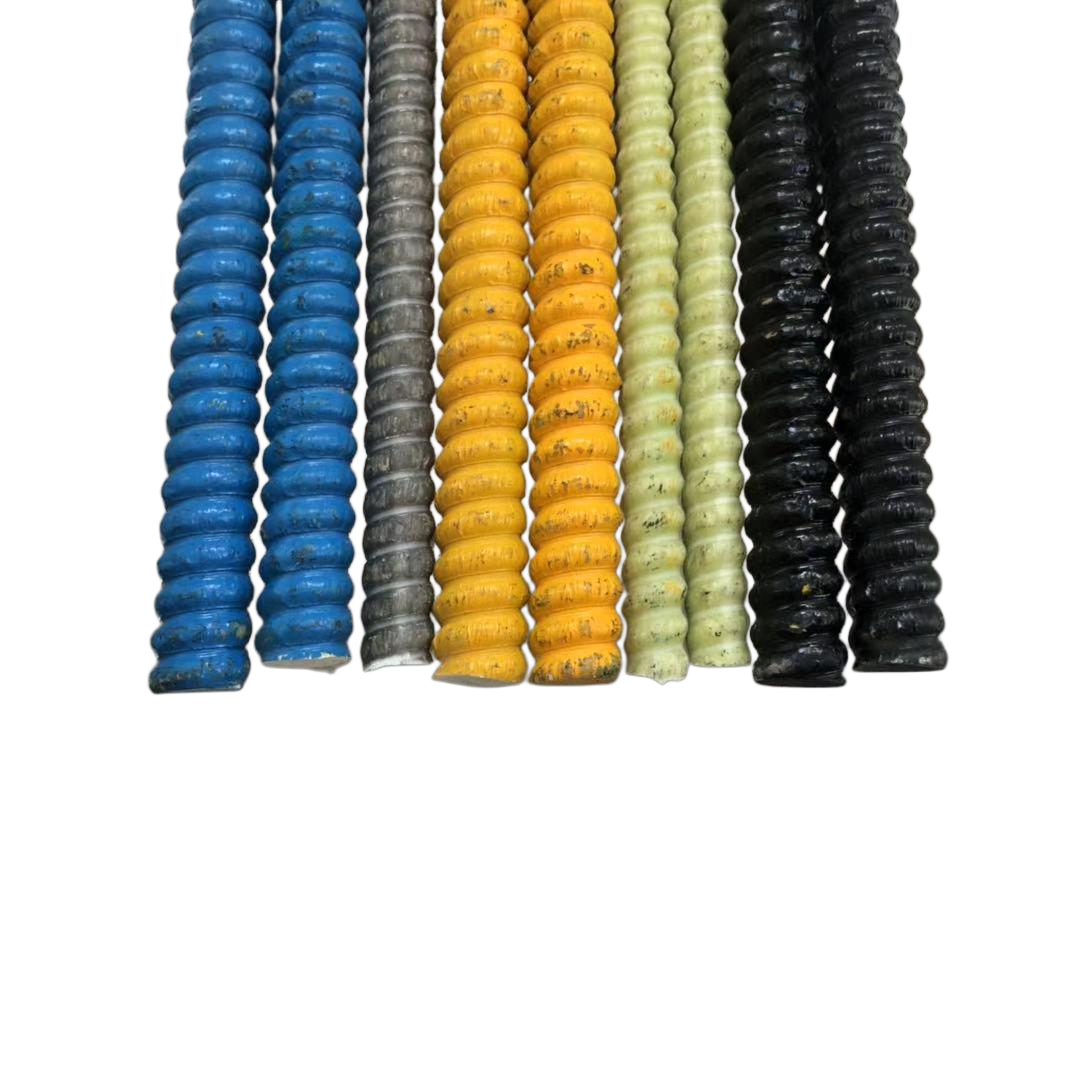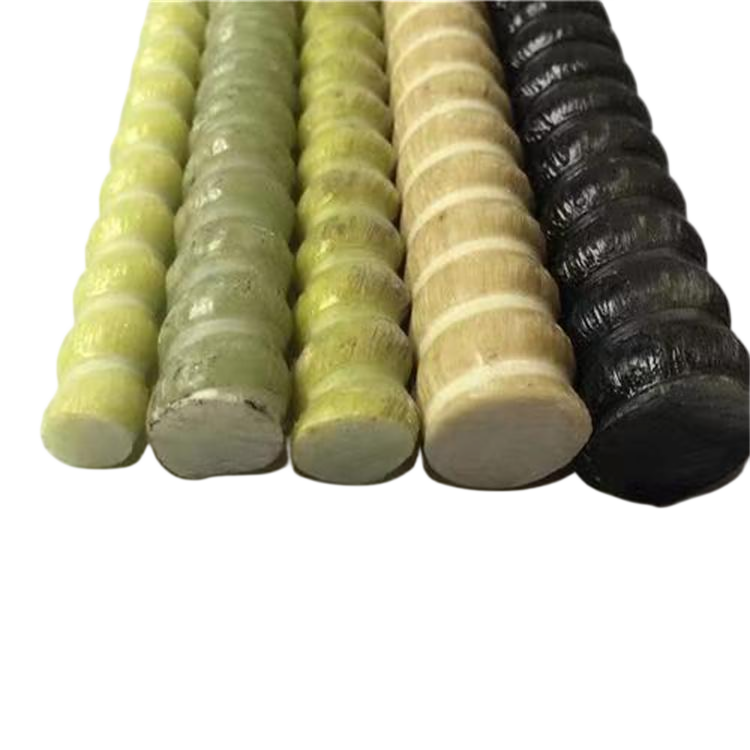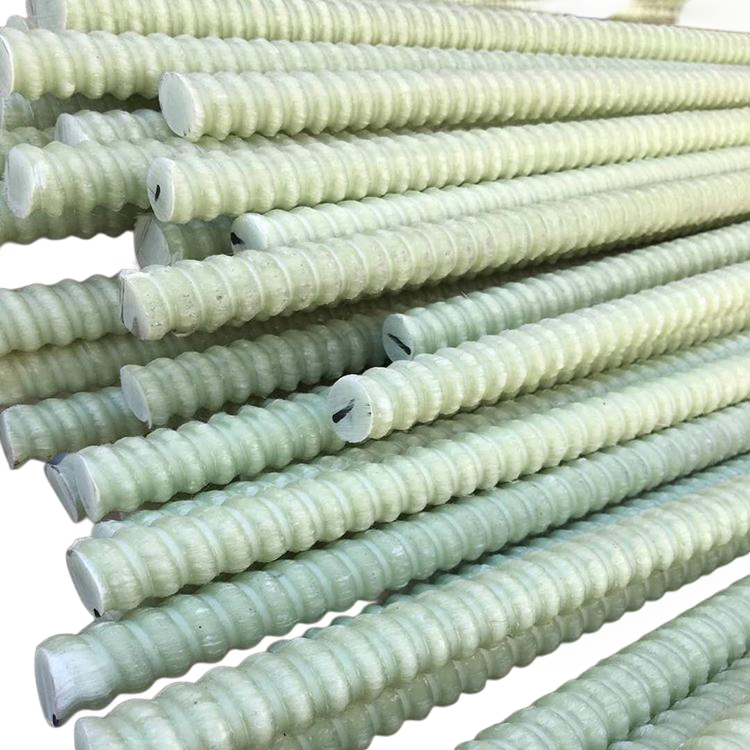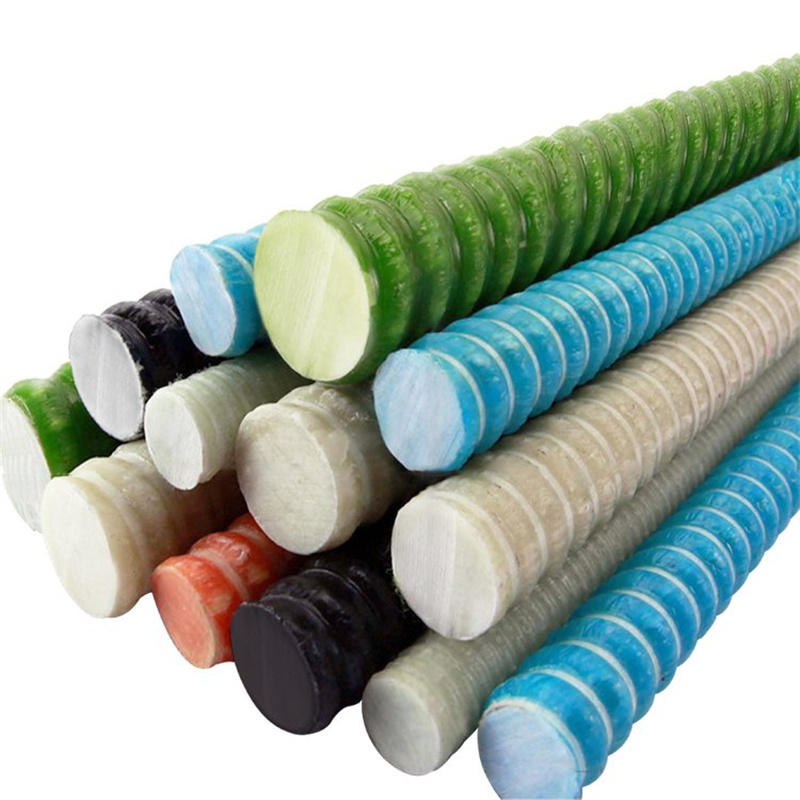Introduction
Fiberglass reinforcement profiles have become a cornerstone in modern engineering and construction due to their exceptional strength-to-weight ratio, corrosion resistance, and versatility. These advanced materials are reshaping industries by offering sustainable and durable solutions compared to traditional materials like steel and aluminum. Understanding the manufacturing processes and techniques behind these profiles is essential for engineers, architects, and professionals seeking to leverage their benefits in various applications. In this article, we delve into the intricate processes involved in producing Fiberglass Reinforcement Profile and explore the techniques that enhance their performance.
Materials Used in Fiberglass Reinforcement Profiles
The primary constituents of fiberglass reinforcement profiles are fiberglass rovings and resin matrices. The fiberglass provides tensile strength and stiffness, while the resin matrix binds the fibers together, transferring stress between them. Common resins include polyester, vinyl ester, and epoxy, each offering different properties that affect the final product's performance. Additives and fillers may also be incorporated to enhance specific characteristics like UV resistance, fire retardancy, or impact strength.
Fiberglass Types and Properties
Fiberglass comes in various forms, such as E-glass, S-glass, and C-glass, each with unique mechanical and thermal properties. E-glass is the most commonly used due to its excellent electrical insulation and cost-effectiveness. S-glass offers higher tensile strength and modulus, making it suitable for high-performance applications. Selecting the appropriate fiberglass type is crucial in optimizing the profile's performance for specific applications.
Pultrusion Process
Pultrusion is a continuous manufacturing process used to create constant cross-sectional fiberglass reinforcement profiles. Fiberglass rovings and mats are impregnated with resin and pulled through a heated die, where they cure and take the desired shape.
Process Steps
1. **Fiber Placement**: Continuous fiberglass rovings are unwound from creels and aligned to form the profile's longitudinal reinforcement.
2. **Resin Impregnation**: The fibers pass through a resin bath where they are thoroughly wetted.
3. **Pre-forming**: Wetted fibers are guided and shaped before entering the die.
4. **Curing in Heated Die**: The assembly is pulled through a heated die, initiating the curing process of the resin.
5. **Cooling and Cutting**: The cured profile exits the die, cools down, and is cut to the desired length.
Advantages of Pultrusion
Pultrusion offers high production efficiency, consistent quality, and minimal material waste. The process is highly automated, allowing for long lengths and high strength-to-weight ratios. It is ideal for producing beams, channels, rods, and complex shapes used in construction, aerospace, and industrial applications.
Filament Winding Technique
Filament winding is used to manufacture hollow, circular profiles like pipes, tanks, and pressure vessels. In this process, continuous fiberglass strands are wound under tension over a rotating mandrel in specified patterns.
Winding Patterns
The winding angle determines the mechanical properties of the final product. Hoop winding (90 degrees) provides high circumferential strength, while helical winding (0 to 90 degrees) balances axial and circumferential strengths. Advanced machines allow for precise control over fiber placement, ensuring optimal performance.
Applications
Filament-wound fiberglass profiles are essential in industries that require corrosion-resistant piping systems, such as chemical processing, wastewater treatment, and oil and gas. Their ability to withstand high pressures and harsh environments makes them a preferred choice over traditional materials.
Resin Transfer Molding (RTM)
RTM is a closed-mold process suitable for producing complex shapes with high surface finish quality on both sides. Dry fiberglass reinforcements are placed into a mold cavity, and resin is injected under pressure to saturate the fibers.
Process Advantages
RTM allows for precise control over fiber placement and resin content, resulting in consistent mechanical properties. It produces parts with minimal voids and excellent dimensional tolerances. The closed-mold setup reduces emissions and improves workplace safety.
Typical Products
This technique is widely used for automotive components, aerospace parts, and structural elements where complex geometries and high-quality finishes are required. It is also suitable for medium-volume production runs.
Compression Molding
Compression molding involves placing a measured amount of fiberglass and resin into a heated mold cavity. The mold is closed, and pressure is applied to shape and cure the material.
Benefits and Limitations
Compression molding offers short cycle times and is suitable for high-volume production of small to medium-sized parts. However, the initial tooling costs are high, and the process is less flexible for very complex shapes compared to other methods.
Industrial Applications
This method is commonly used to produce electrical components, appliance housings, and automotive parts where consistent quality and dimensional accuracy are critical.
Hand Lay-Up and Spray-Up Techniques
Hand lay-up is a manual process where fiberglass mats or woven fabrics are placed in a mold and saturated with resin using rollers or brushes. Spray-up involves spraying a mixture of chopped fibers and resin onto the mold.
Process Characteristics
These techniques are versatile and require minimal equipment, making them suitable for large, complex shapes and low-volume production. They are labor-intensive and rely heavily on the skill of the workers, which can lead to variations in quality.
Usage Scenarios
Hand lay-up and spray-up are widely used in the marine industry for boat hulls, in the production of large storage tanks, and for custom architectural elements. They allow for significant flexibility in design and can accommodate intricate details.
Advancements in Fiberglass Reinforcement Technologies
Recent technological advancements have led to improved manufacturing techniques and material formulations. Innovations such as vacuum-assisted resin transfer molding (VARTM) and automated fiber placement (AFP) enhance quality and reduce production times.
Automation and Control
Automation in fiberglass manufacturing increases precision and repeatability. Computer-controlled machines ensure accurate fiber alignments and resin distribution, leading to superior mechanical properties and reduced waste.
Environmental Considerations
The industry is exploring eco-friendly resins and recycling methods for fiberglass products. Sustainable practices not only reduce environmental impact but also meet the growing demand for green construction materials.
Quality Control in Manufacturing
Maintaining high-quality standards is crucial in the production of fiberglass reinforcement profiles. Non-destructive testing methods like ultrasonic scanning and thermography are used to detect defects and ensure structural integrity.
Standards and Certifications
Manufacturers adhere to international standards such as ASTM and ISO to guarantee product performance. Certifications provide assurance to clients regarding the reliability and safety of the fiberglass profiles.
Applications of Fiberglass Reinforcement Profiles
The versatility of fiberglass reinforcement profiles allows for their widespread use across various industries.
Construction and Infrastructure
In the construction sector, these profiles are used for structural components, reinforcement bars, and corrosion-resistant barriers. Their lightweight nature simplifies handling and installation, reducing overall project costs.
Transportation Industry
Fiberglass profiles contribute to weight reduction in automotive, aerospace, and rail industries, leading to improved fuel efficiency. They are used in manufacturing panels, frames, and interior components.
Electrical and Telecommunications
Their excellent insulating properties make fiberglass profiles ideal for cable trays, antennae, and enclosures. They provide durability and safety in electrical applications.
Challenges in Fiberglass Manufacturing
Despite the advantages, manufacturing fiberglass reinforcement profiles presents challenges such as health risks from fiber dust, environmental concerns from styrene emissions, and the need for skilled labor in certain processes.
Health and Safety Measures
Implementing proper ventilation systems, protective equipment, and training is essential to mitigate health risks. Automation and closed-mold processes can significantly reduce exposure to hazardous materials.
Regulatory Compliance
Manufacturers must comply with environmental regulations regarding emissions and waste disposal. Investing in cleaner technologies and recycling initiatives is becoming increasingly important.
Future Trends and Developments
The future of fiberglass reinforcement profiles lies in material innovation and process optimization. Research into high-performance resins and hybrid composites is underway to enhance mechanical properties and expand application possibilities.
Nanocomposites
Incorporating nanomaterials can significantly improve the properties of fiberglass composites. Nano-reinforcements enhance strength, thermal stability, and electrical conductivity, opening doors to advanced engineering applications.
3D Printing with Fiberglass
Additive manufacturing with fiberglass-reinforced materials is emerging, allowing for complex geometries and customization. This technology reduces material waste and accelerates prototyping and production cycles.
Conclusion
Fiberglass reinforcement profiles play a critical role in modern engineering, offering a combination of strength, durability, and versatility. Understanding the various manufacturing processes and techniques is essential for selecting the right product for specific applications. As technology advances, these materials will continue to evolve, providing innovative solutions to complex engineering challenges. Embracing these advancements will lead to more efficient, sustainable, and high-performing structures across industries.
For those interested in exploring the potential of Fiberglass Reinforcement Profile in their projects, staying informed about the latest developments and partnering with experienced manufacturers is key to success.




























